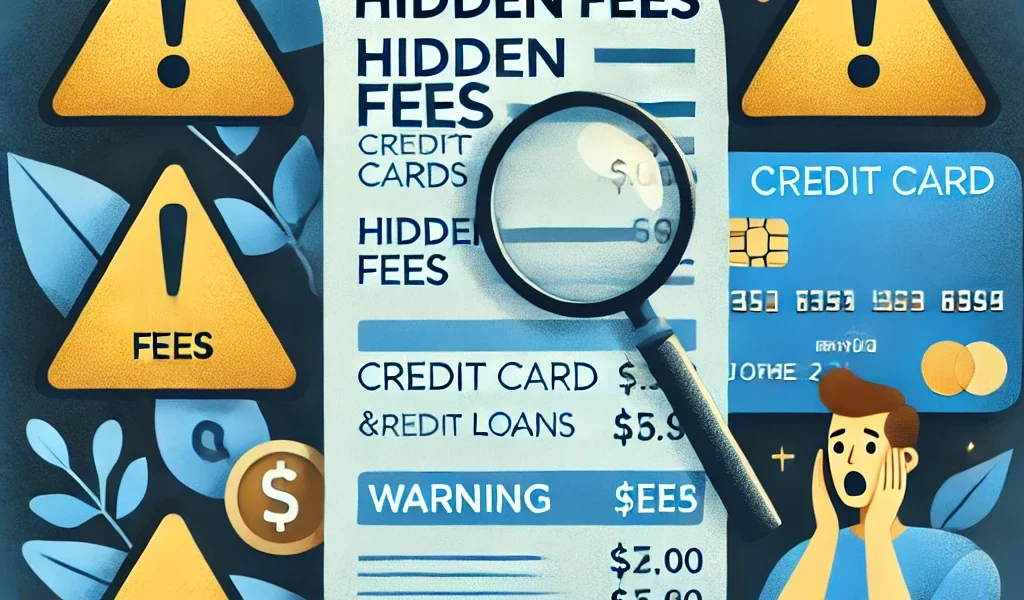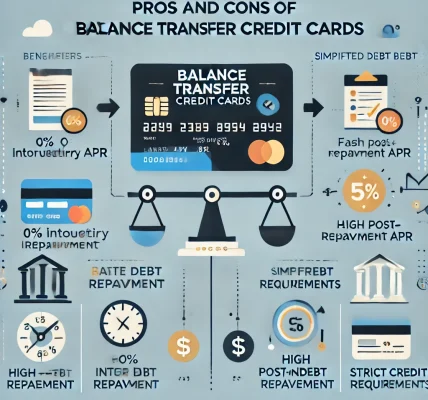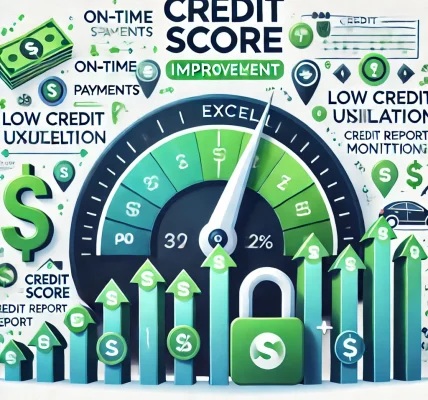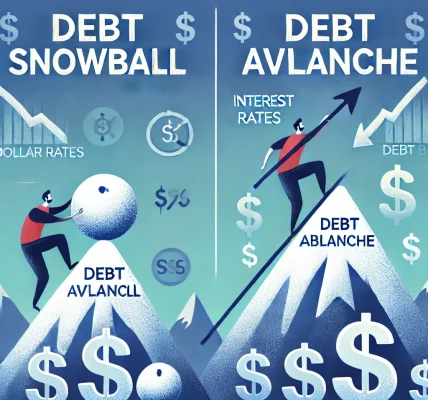Credit cards and loans offer financial flexibility, but they often come with hidden fees that can add up quickly if you’re not careful. These charges, sometimes buried deep in terms and conditions, can significantly impact your finances. Understanding these fees and learning how to avoid them is crucial for maintaining financial health.
In this guide, we’ll explore common hidden fees associated with credit cards and loans, how to identify them, and tips to avoid unnecessary costs.
Common Hidden Fees in Credit Cards
1. Annual Fees
Some credit cards charge an annual fee, which can range from $50 to $500 or more, especially for premium rewards cards. While some cards waive this fee for the first year, it’s essential to factor it into your long-term costs.
How to Avoid: Look for credit cards with no annual fee or justify the cost by ensuring the rewards outweigh the expense.
2. Foreign Transaction Fees
If you use your credit card for purchases in another currency, you might incur foreign transaction fees, usually around 2-3% per transaction.
How to Avoid: Op t for credit cards with no foreign transaction fees, especially if you travel frequently or shop from international retailers.
3. Balance Transfer Fees
Transferring debt from one card to another can be beneficial, but most issuers charge a balance transfer fee of 3-5% of the transferred amount.
How to Avoid: Look for credit cards that offer 0% APR on balance transfers with no fees, though these are rare.
4. Late Payment Fees
Missing a payment can lead to hefty late fees, often between $25 to $40. Repeated late payments can also impact your credit score.
How to Avoid: Set up automatic payments or reminders to ensure you never miss a due date.
5. Over-Limit Fees
Spending over your credit limit might result in an over-limit fee, though some issuers automatically decline transactions exceeding the limit.
How to Avoid: Monitor your spending and request a credit limit increase if needed.
6. Cash Advance Fees
Withdrawing cash from your credit card at an ATM can trigger a cash advance fee, typically 3-5% of the amount withdrawn, plus high interest rates with no grace period.
How to Avoid: Use a debit card for cash withdrawals or explore alternative short-term borrowing options.
Common Hidden Fees in Loans
1. Origination Fees
Many personal, auto, and mortgage loans charge an origination fee, which is typically 1-8% of the loan amount. This fee is deducted upfront from your loan proceeds.
How to Avoid: Compare lenders and choose one that doesn’t charge origination fees or negotiate lower rates.
2. Prepayment Penalties
Paying off your loan early might sound like a good idea, but some lenders charge a prepayment penalty to recover lost interest.
How to Avoid: Choose loans with no prepayment penalties or confirm terms before signing.
3. Late Payment Fees
Just like credit cards, late loan payments can result in fees ranging from $25 to $50, along with potential damage to your credit score.
How to Avoid: Set up automatic payments or negotiate a due date that aligns with your paycheck schedule.
4. Loan Processing Fees
Some lenders charge a processing fee for handling your application, which may range from $100 to $500.
How to Avoid: Ask about processing fees upfront and compare lenders to find better deals.
5. Insufficient Funds Fees
If a scheduled loan payment bounces due to insufficient funds, your lender may charge an NSF (Non-Sufficient Funds) fee, typically $25 to $50.
How to Avoid: Maintain a buffer in your bank account and enable low balance alerts.
How to Spot Hidden Fees Before Signing
- Read the Fine Print: Carefully review the terms and conditions before signing any credit or loan agreement.
- Ask Questions: Don’t hesitate to ask your lender or credit card provider about any additional fees.
- Compare Options: Research and compare multiple financial products to find the best terms with the least hidden costs.
- Use Fee-Free Alternatives: Some lenders and credit card companies offer fee-free products, so explore all available options.
Final Thoughts
Hidden fees can quickly add up, making it harder to manage your finances effectively. By staying informed and proactive, you can avoid unnecessary charges, save money, and improve your financial health. Whether choosing a credit card or taking out a loan, always read the fine print, compare offers, and ask questions before committing.




